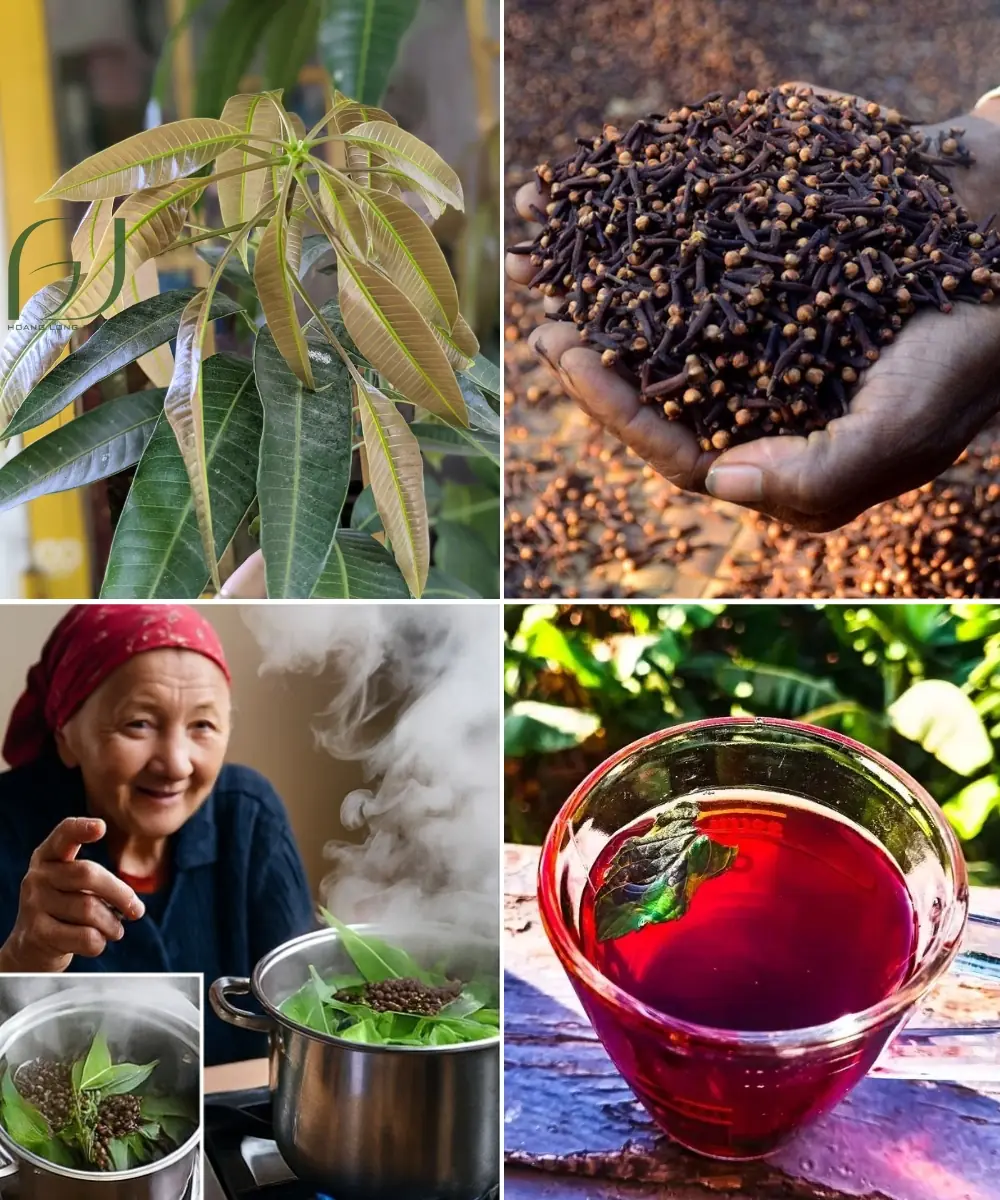
What Your Stool Color Reveals About Your Health
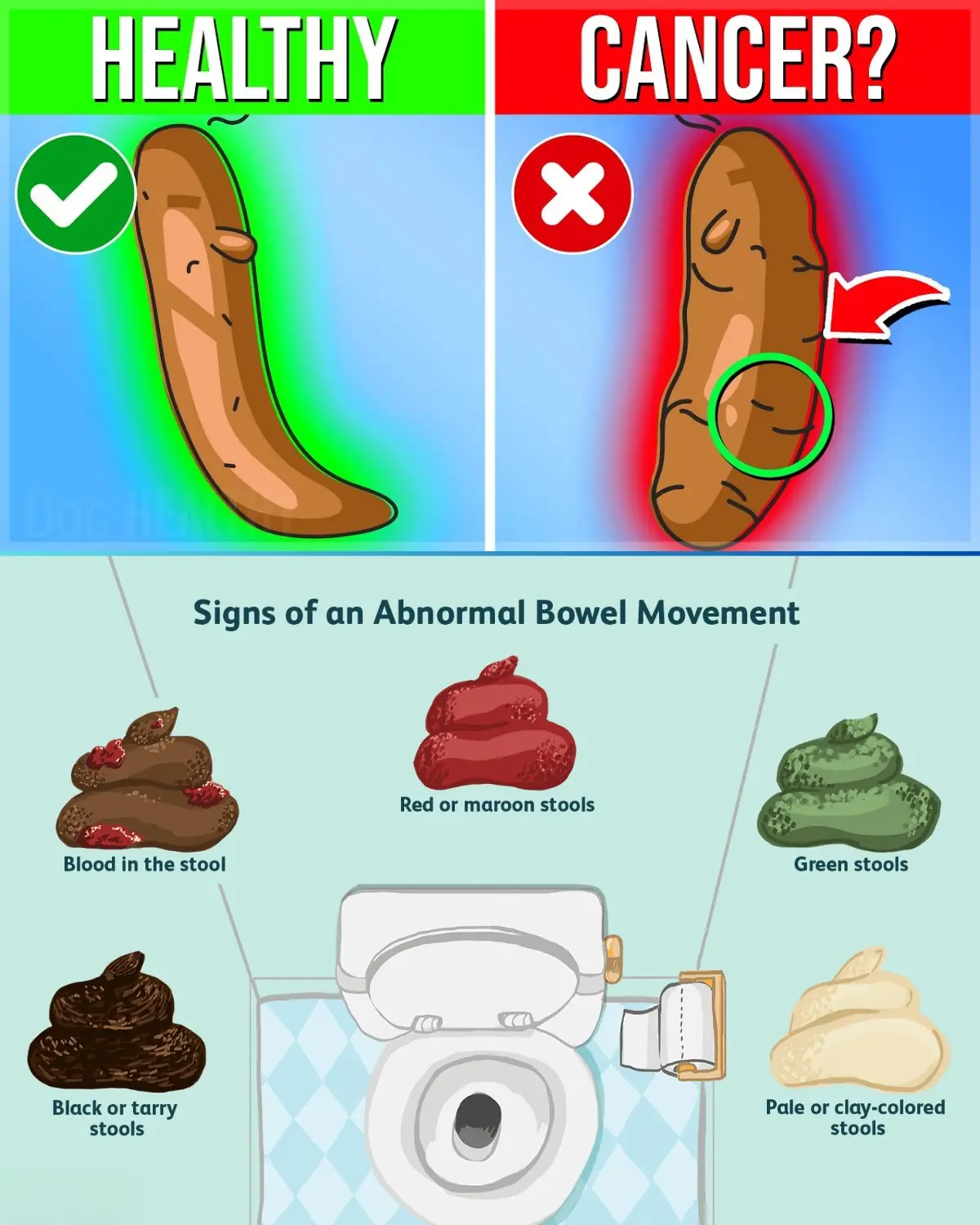
Ever glanced into the toilet and wondered what’s going on with your body? The color of your stool might seem like a small detail, but it’s like a secret message from your gut. From vibrant greens to pale clays, your stool can hint at what’s happening inside—sometimes screaming for attention. Imagine catching a subtle clue that could lead to better health. Curious yet? Let’s dive into what those colors might mean and why paying attention could be a game-changer. Ready to uncover the truth hiding in plain sight?
Why Your Stool Color Matters
Your stool’s hue isn’t just random—it’s a snapshot of your digestive system at work. Diet, hydration, and even stress can shift its shade, but some colors wave red flags. Ignoring these signs might mean missing early warnings of health issues. Ever wonder why doctors ask about your bowel movements? It’s because those colors can point to imbalances that need attention. What if a simple glance could help you stay ahead of trouble? Let’s explore what’s normal and what’s not, but first, a question: when was the last time you really noticed?
The Normal and the Not-So-Normal
Brown is the gold standard for healthy stool, thanks to bile from your liver. But what happens when it’s not brown? Green, yellow, black, or even red—each color tells a story. Some shifts are harmless, like green from spinach or black from iron supplements. Others, though, might hint at something deeper, like blood or poor nutrient absorption. The problem? Most people brush it off as “just something I ate.” But what if it’s more? Let’s break down the colors and what they could mean for you.
Decoding the Colors of Your Stool
9. Green Stool: A Dietary Clue or Something Else?
Picture Sarah, 48, noticing her stool turned a vivid green after a kale smoothie binge. She laughed it off, but it lingered. Green stool can come from eating leafy greens or food coloring, but it might also signal food moving too fast through your gut. Research suggests rapid digestion could point to stress or mild infections. Ever had a stressful week and noticed changes down there? Sarah started tracking her diet and stress, and the green faded. Could your lifestyle be painting your stool green? Let’s see what’s next.

8. Yellow Stool: A Greasy Warning Sign
Yellow, greasy stool that smells worse than usual? That’s what Tom, 52, dealt with after weeks of fatigue. Studies show yellow stool can stem from excess fat, possibly due to poor bile production or absorption issues. It might be temporary, like after a fatty meal, but persistent yellow could suggest gallbladder trouble. Tom visited his doctor, adjusted his diet, and felt lighter. Wondering if your diet’s to blame? There’s more to uncover, and it gets even more interesting.
7. Black Stool: Harmless or a Hidden Red Flag?
Black stool can stop you in your tracks. It happened to Lisa, 46, who panicked after noticing tar-like stools. Iron supplements or dark foods like licorice can cause this, but so can upper digestive tract bleeding. Research indicates about 5% of black stool cases need urgent attention. Lisa’s doctor ruled out serious issues, but she was glad she checked. Ever noticed a dark hue that made you pause? The next color might surprise you even more.
6. Red Stool: Food or Something Serious?
Red stool can feel alarming, like when Mark, 50, saw it after a beet-heavy salad. Beets or red dyes often cause this, but blood from lower digestive issues could too. Studies show about 10% of red stool cases link to benign causes like hemorrhoids, but others need a closer look. Mark’s relief came after a quick checkup. Ever wondered if that red is just food or something else? Keep reading—things are about to get eye-opening.
5. Pale or Clay-Colored Stool: A Liver Alert

Pale, clay-like stool isn’t something you ignore. Jane, 55, noticed this and felt uneasy. Research points to low bile output, possibly from liver or gallbladder issues. Medications or temporary blockages can also cause it. Jane’s doctor suggested dietary tweaks and tests, easing her mind. Could your stool be hinting at a liver issue? The next point is a real game-changer, so don’t stop now.
4. Brown Stool: The Healthy Standard
Brown stool is your body’s way of saying, “All good here!” It’s the result of bile breaking down food. But even “normal” can vary. Dehydration or low-fiber diets can make it darker or harder. Ever felt sluggish and noticed darker stools? A balanced diet and hydration keep things brown and smooth. Sounds simple, right? But wait, the next one’s a shocker you won’t expect.
3. White Specks: A Curious Clue
Seeing white specks in your stool? It happened to Mike, 47, who thought it was undigested food. Often, it’s just that—rice or seeds. But research suggests it could also point to medication residue or, rarely, parasites. Mike upped his fiber and the specks vanished. Ever spotted something odd in your stool? The next benefit will blow your mind.
2. Mucus in Stool: A Slippery Signal
Mucus in stool can feel unsettling, like when Anna, 49, noticed it during a stressful month. A little mucus is normal, but excess might suggest inflammation or infection. Studies show it’s often linked to diet or mild gut irritation. Anna’s doctor recommended probiotics, and she felt better fast. Could mucus be your gut’s cry for help? The final point is the one you’ll wish you knew sooner.
1. Consistency Matters: The Life-Changing Insight
Consistency might matter more than color. Soft, formed stools are ideal, but hard pellets or watery messes signal trouble. Research links consistent issues to diet, hydration, or stress. Take Emma, 51—she struggled with irregular stools until she prioritized fiber and water. Her energy soared. Could tweaking your habits transform your health? Here’s how to take action without guessing.
Taking Action: What You Can Do

You might be thinking, “This is overwhelming—where do I start?” Start simple: track your stool for a week. Note color, consistency, and diet. Research shows journaling helps spot patterns. Then, consider these steps:
- Hydrate: Aim for 8 glasses of water daily to support digestion.
- Eat Fiber: Include fruits, vegetables, and whole grains for smoother stools.
- Check Medications: Some drugs affect stool color—ask your pharmacist.
Still unsure? Consult a healthcare provider. Emma and Tom did, and it clarified everything. No need to panic—just observe and act. Wondering what else you can do? Here’s a quick guide.
| Stool Color | Possible Cause | Action to Consider |
|---|---|---|
| Green | Diet, fast digestion | Track diet, reduce stress |
| Yellow | Excess fat, gallbladder | Limit fatty foods, consult doctor |
| Pale/Clay | Low bile, liver issue | Seek medical advice |
| Step | How to Do It | Safety Note |
|---|---|---|
| Track Stool | Log color, consistency daily | Use a private journal |
| Adjust Diet | Add fiber, reduce processed foods | Start slow to avoid bloating |
| Consult Doctor | Share observations | Don’t self-diagnose |
Don’t Miss Out: Act Now
Ignoring your stool’s signals could mean missing a chance to feel better, faster. Imagine catching a small issue before it grows—hydration, diet, and a doctor’s visit could be all it takes. Emma regained her energy, Tom eased his discomfort, and you could too. Why wait? Start observing today, and don’t let these clues slip by. Share this with someone who needs it, and take control of your health.
P.S. Did you know stress can change your stool color overnight? Try a 5-minute breathing exercise daily—it might just keep things brown!
This article is for informational purposes only and does not replace professional medical advice. Consult your healthcare provider for personalized guidance.
News in the same category

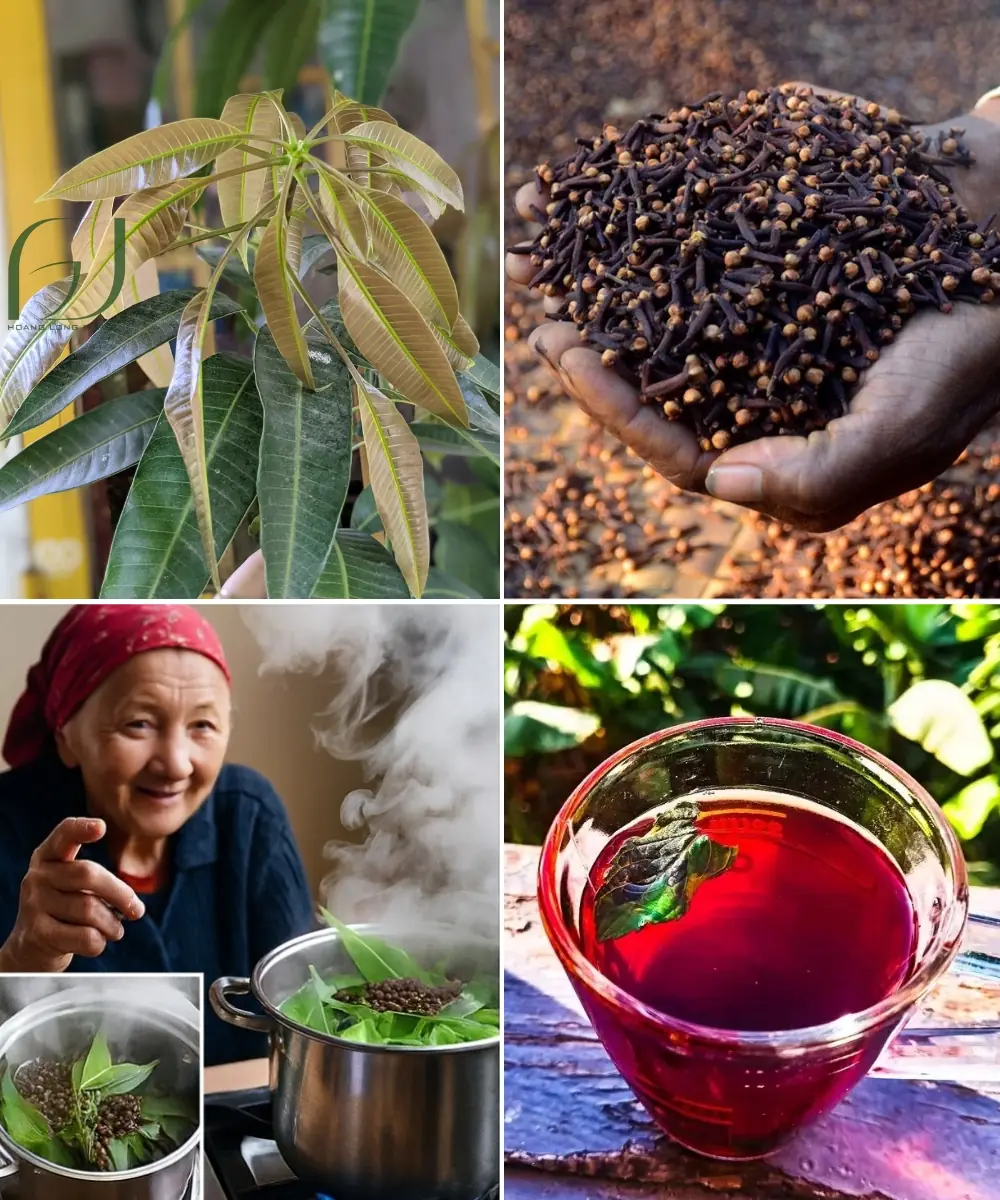
Unlock Nature’s Secret: The Magic of Mango Leaf Tea with Cloves
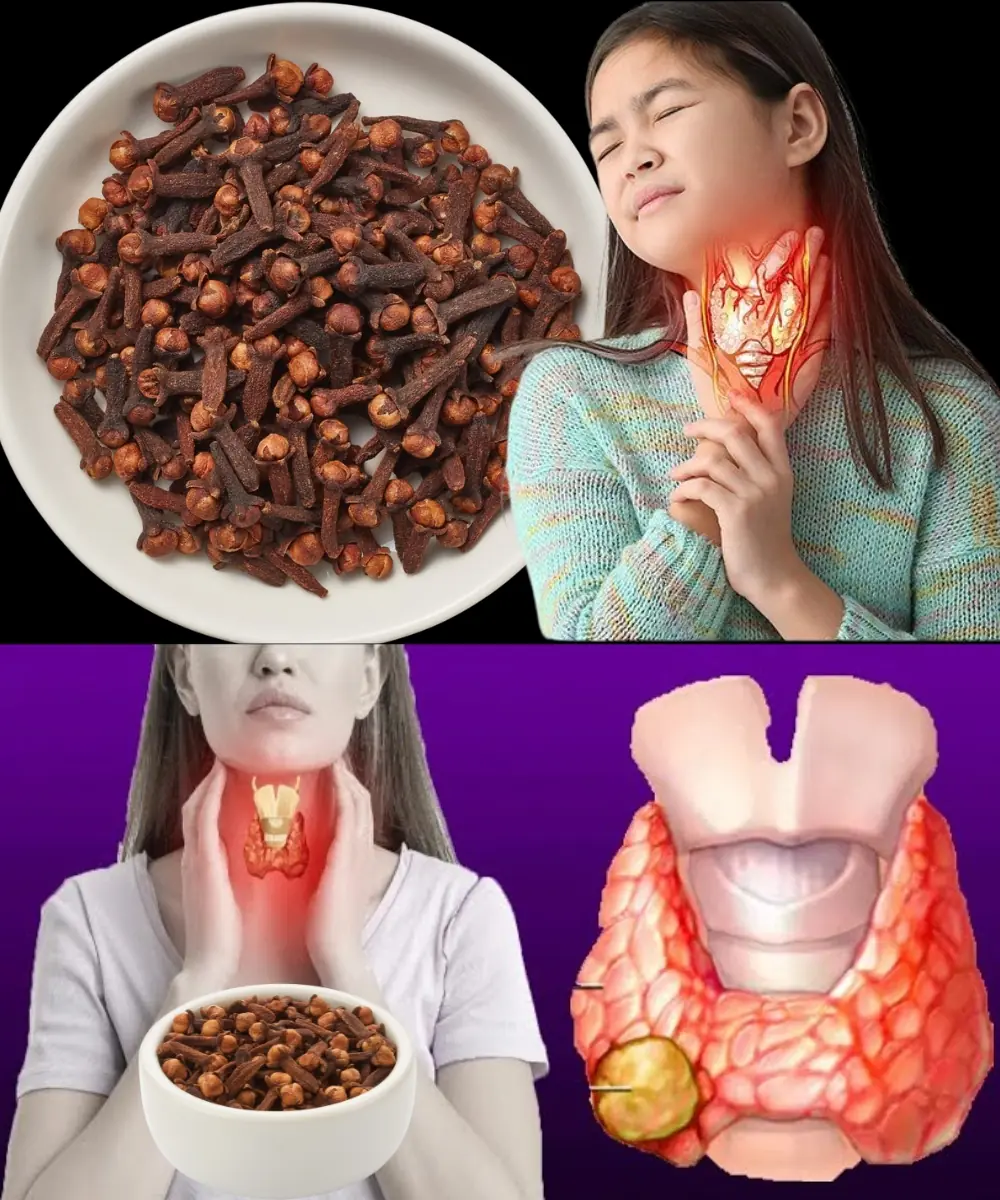
Got a Sore Throat? Try This Tiny Spice That Works Like Nature’s Antibiotic

The Morning Elixir You’ll Wish You Discovered Sooner: Unleash a Hidden Energy Surge with the Banana-Coffee Blend

Powerful Natural Blend for Men Over 40: Regain Your Strength and Vitality
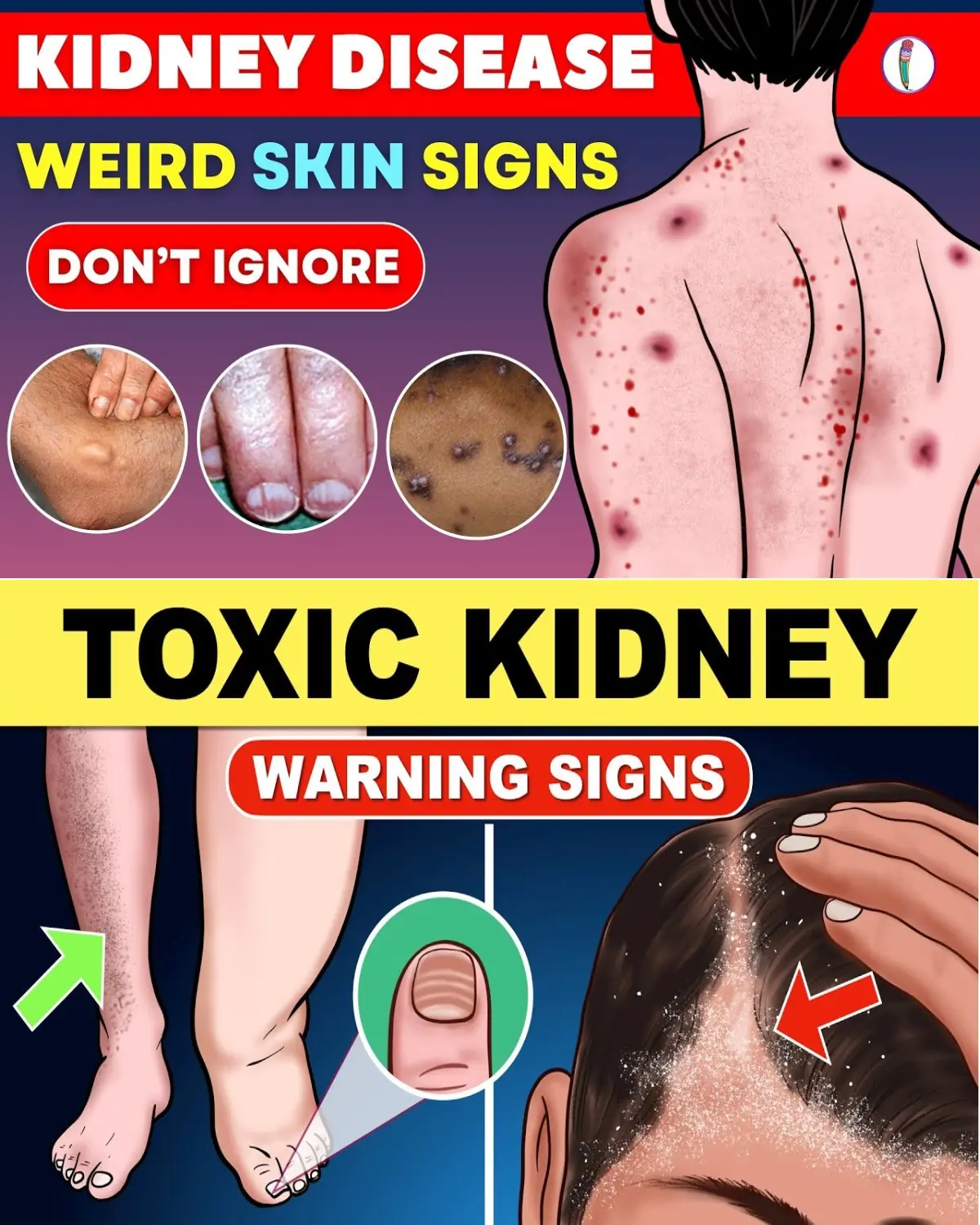
Skin Signs of Kidney Disease: What Your Body Is Telling You
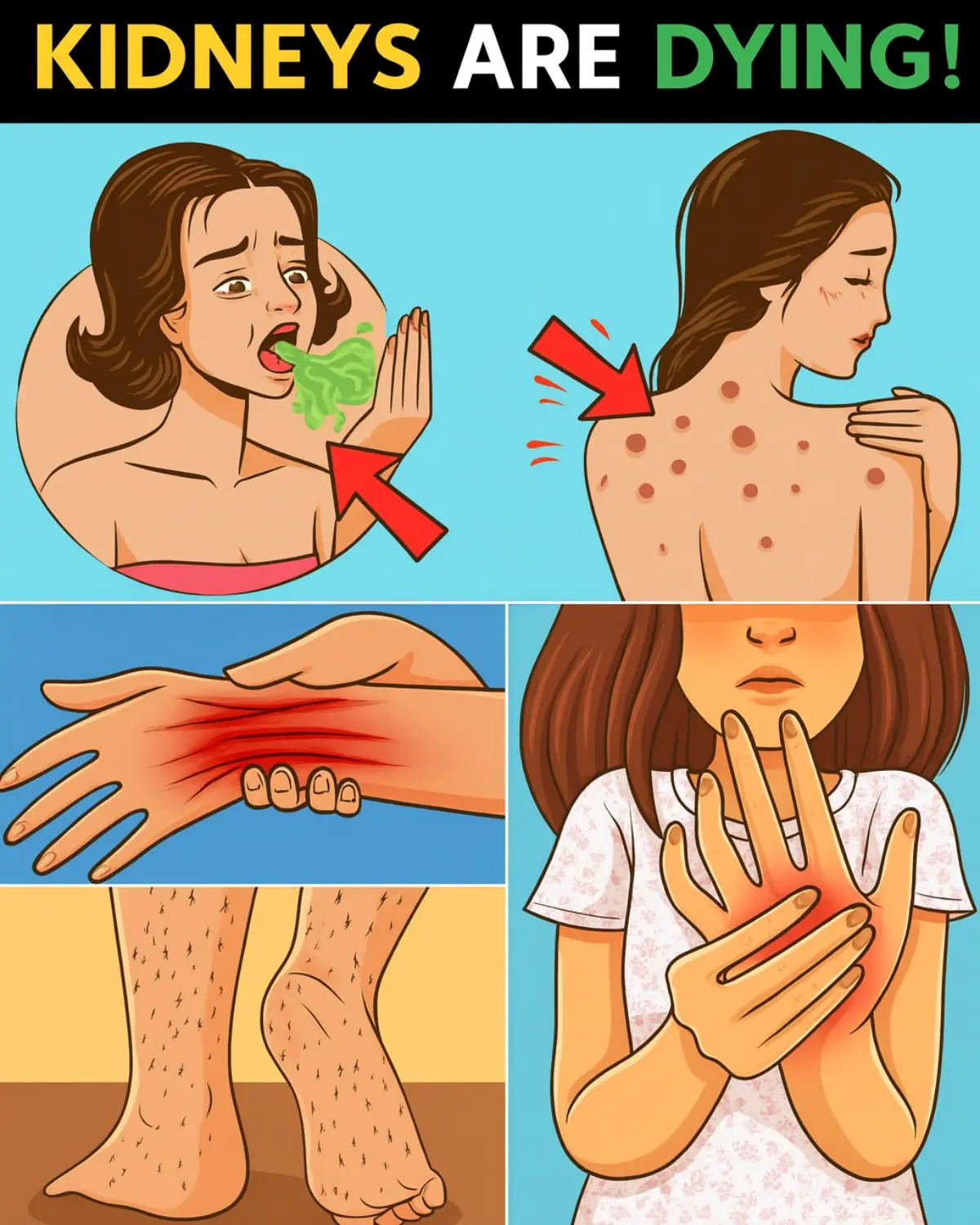
15 Deadly Kidney Signs You Must Catch Early Before It’s Too Late
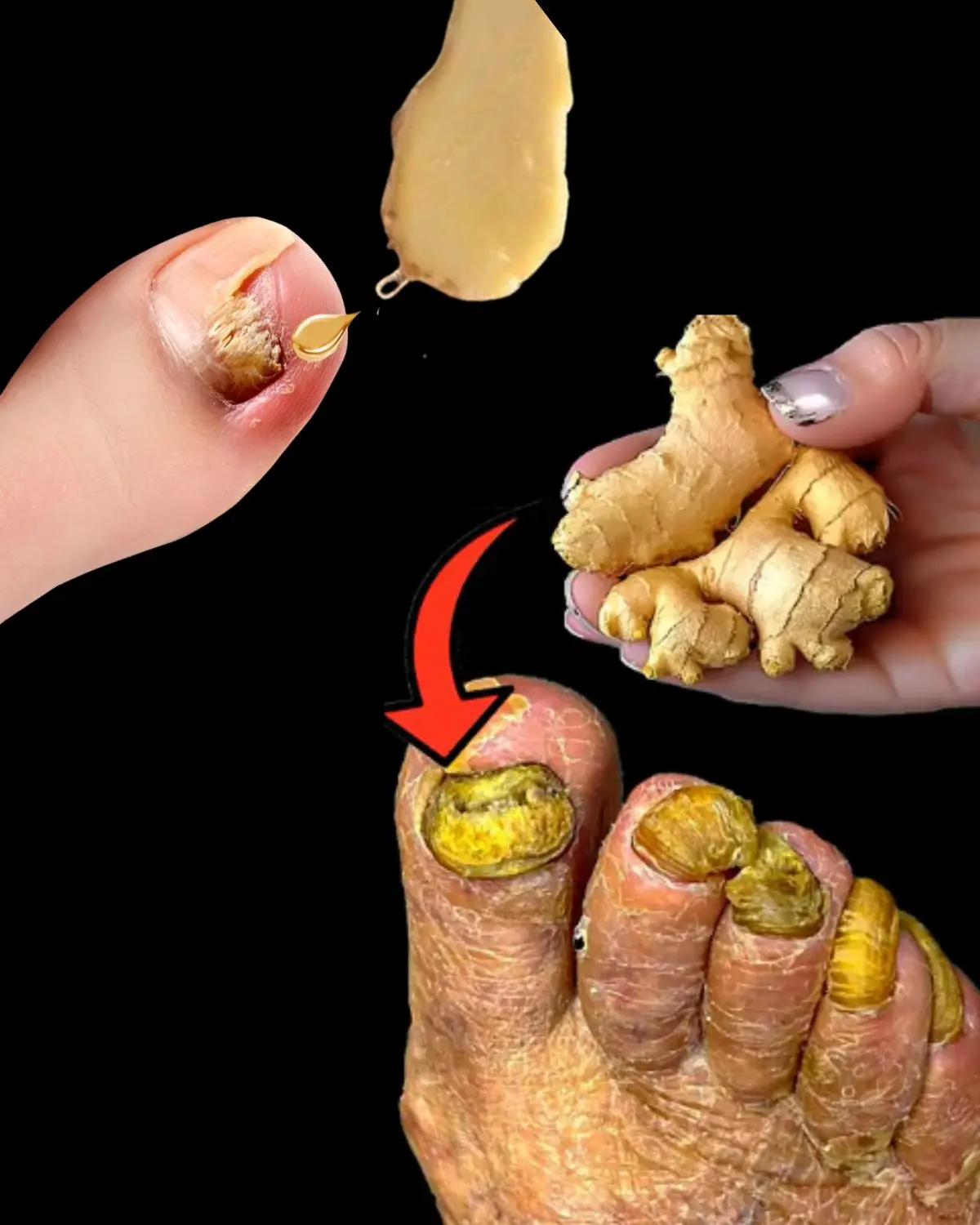
Discover Ginger’s Hidden Power for Thick Yellow Toenails
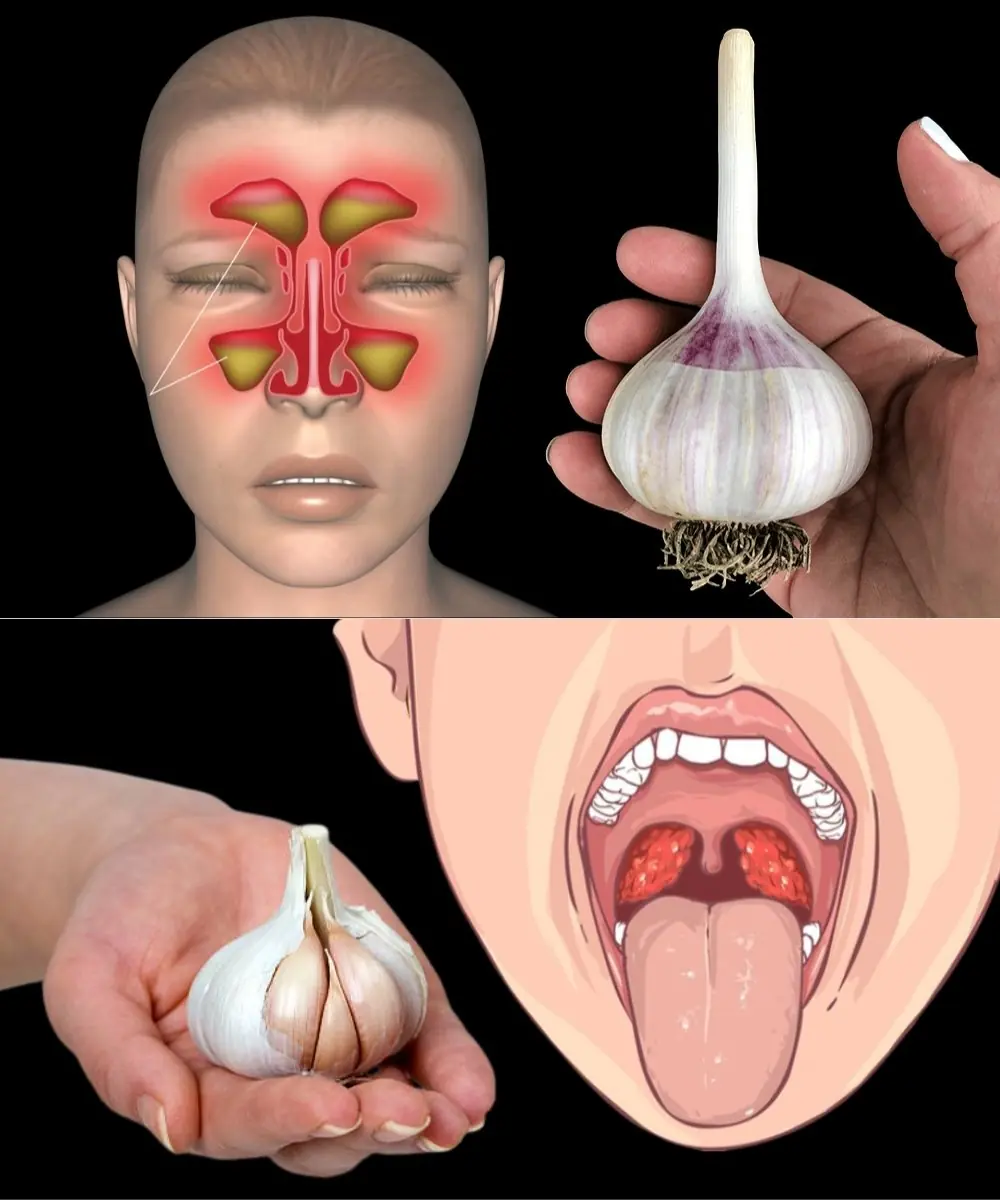
Garlic Destroys Urinary System Infections! Just Do This…

Here’s What You Need to Know About Tonsil Stones — Causes, Symptoms & Safe Removal

Tender Chicken Delight: The Ultimate Comfort Food Masterpiece
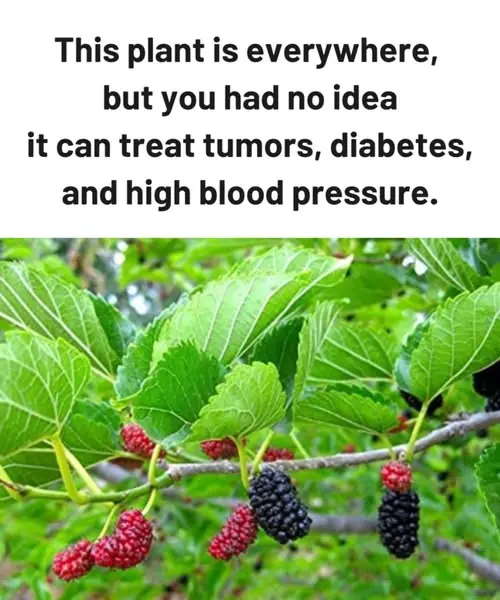
This Plant Is Everywhere — But You Had No Idea It Can Treat Tumors, Diabetes, and High Blood Pressure
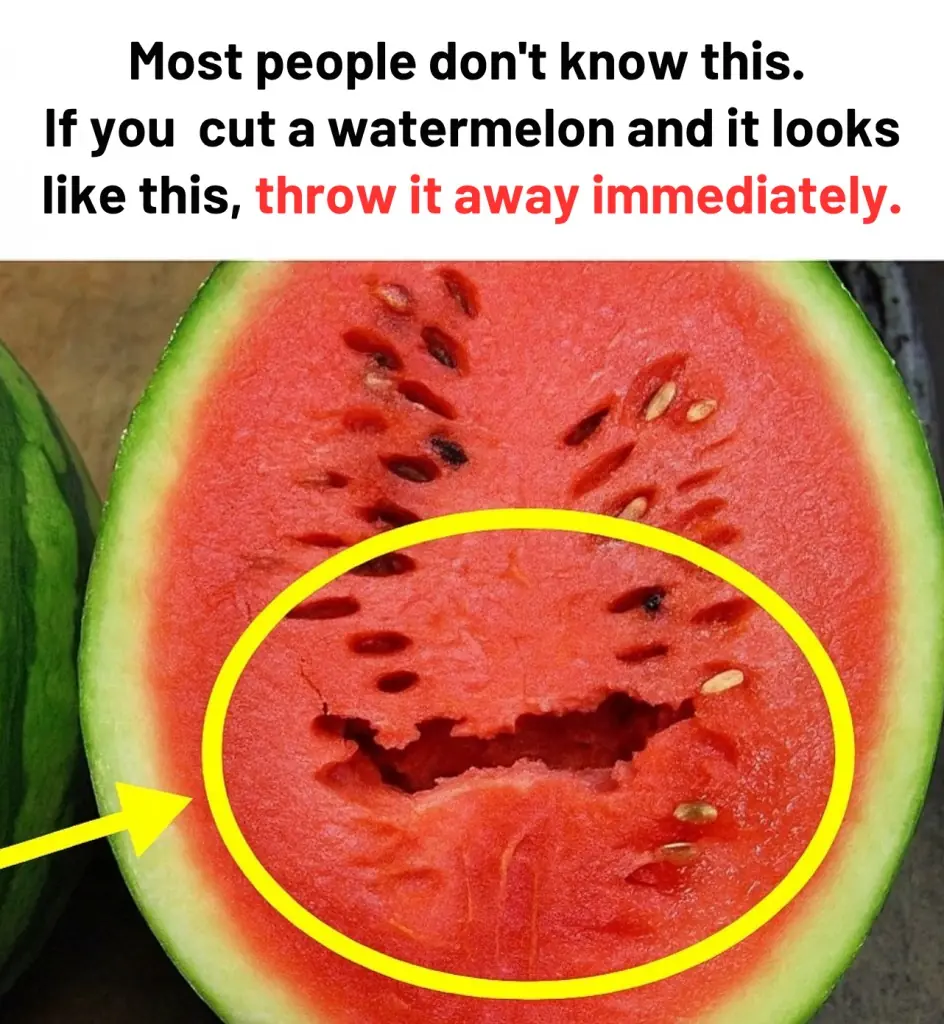
Why You Should Throw Away a Watermelon If It Looks Like This Inside
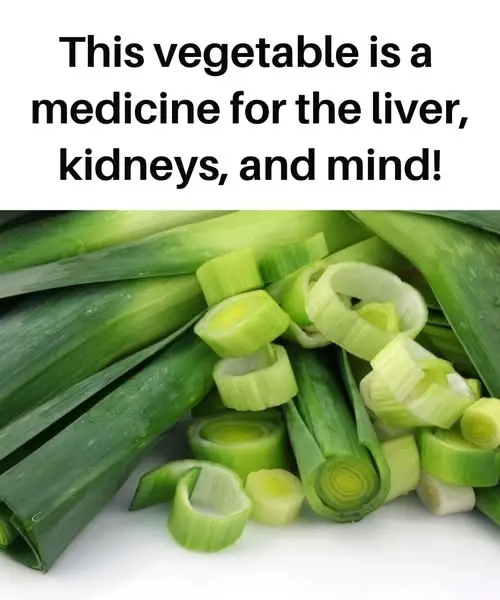
This Vegetable Is Medicine for the Liver, Kidneys, and Mind!

Over 200 People Are Killed by the “World’s Deadliest Food” Every Year — But Nearly 500 Million Still Eat It

7 Shocking Health Benefits of Sweet Potatoes You Never Knew About

Say Goodbye to Sparse Eyebrows and Short Eyelashes with Just 2 Ingredients
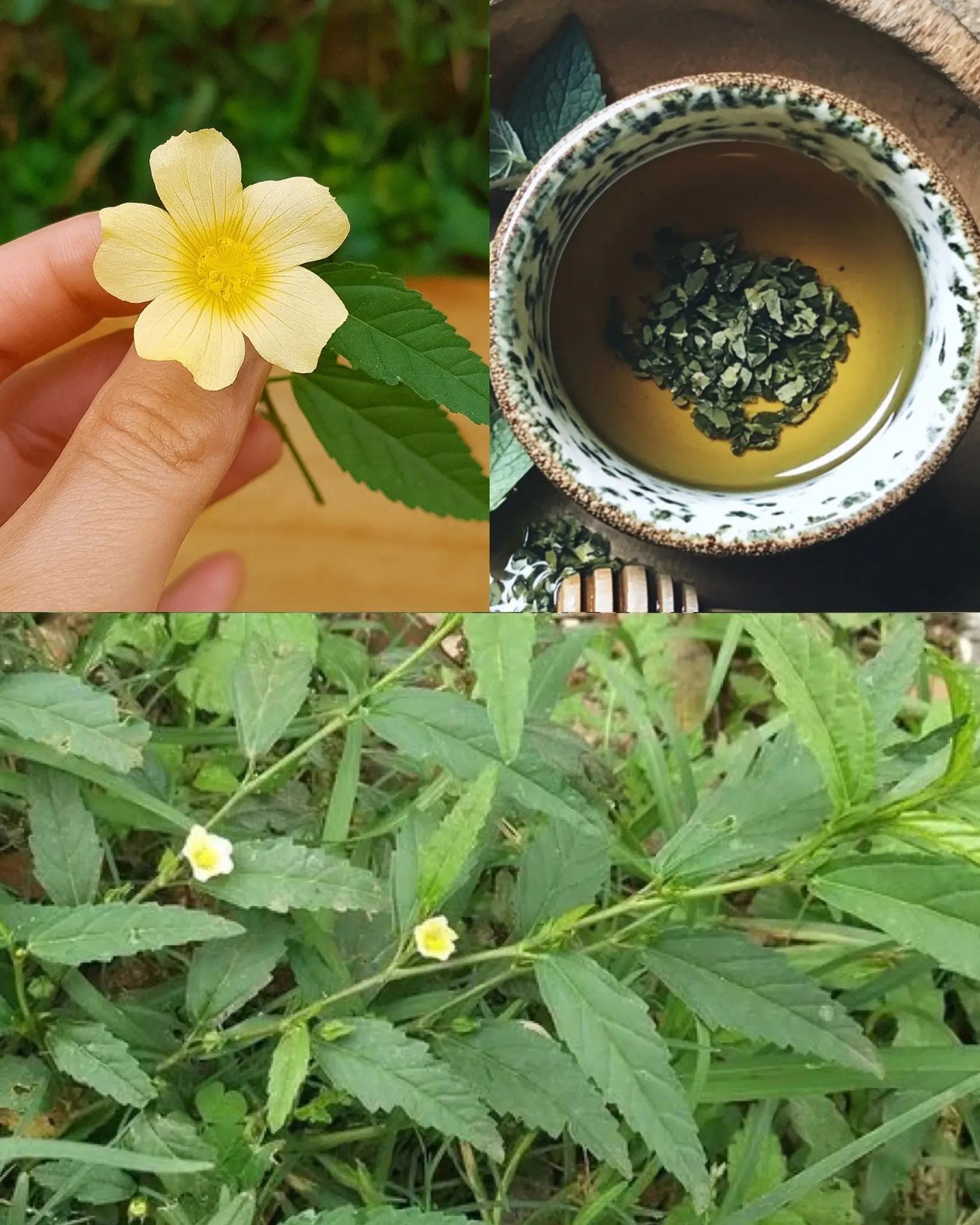
Sida acuta: Surprising Health Benefits and Versatile Homemade Uses
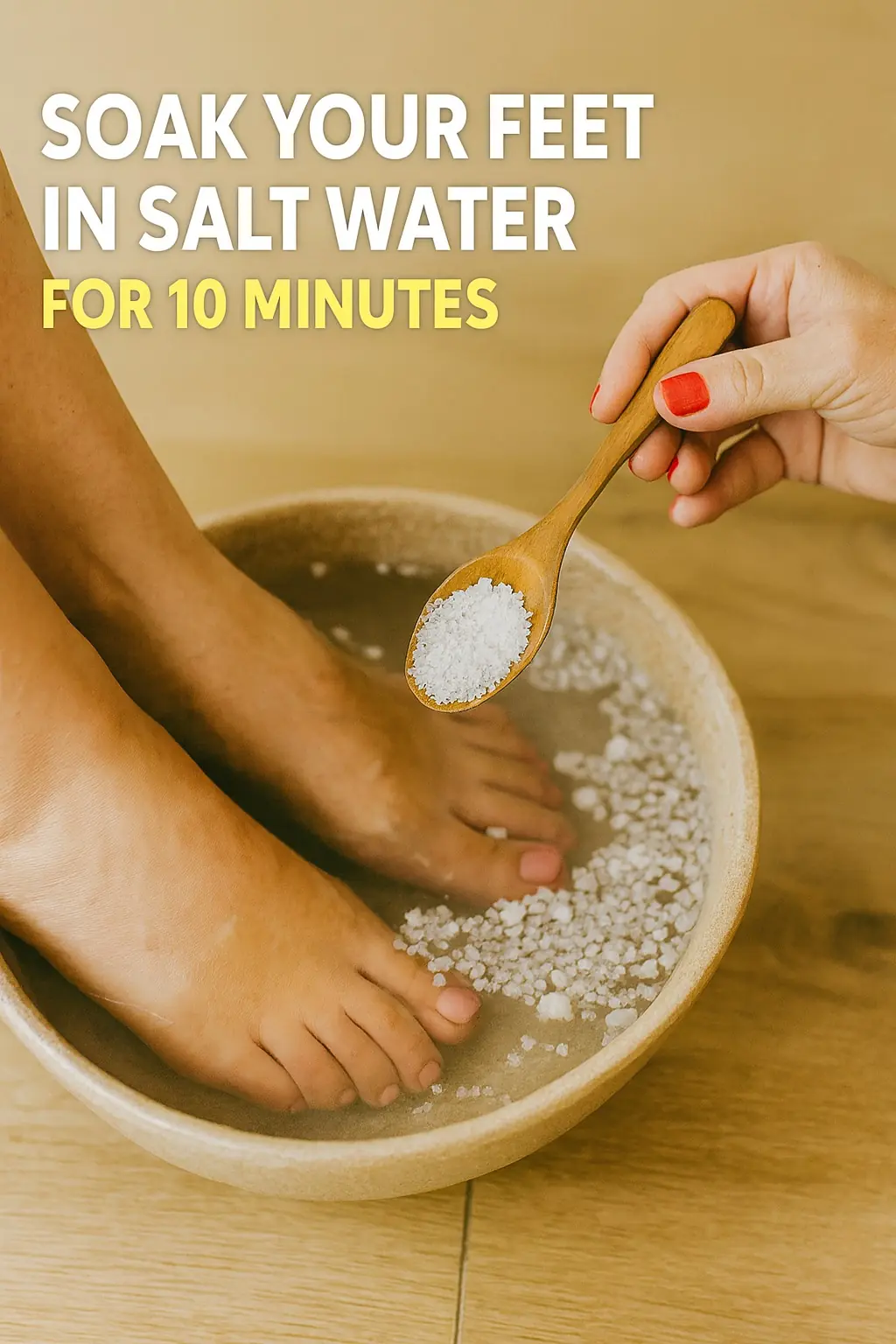
Soaking Your Feet in Salt Water: Why 10 Minutes Can Make a Big Difference
News Post

Unlock Nature’s Secret: The Magic of Mango Leaf Tea with Cloves

Unlock Nature’s Secret: The Magic of Mango Leaf Tea with Cloves

Got a Sore Throat? Try This Tiny Spice That Works Like Nature’s Antibiotic

The Morning Elixir You’ll Wish You Discovered Sooner: Unleash a Hidden Energy Surge with the Banana-Coffee Blend

Powerful Natural Blend for Men Over 40: Regain Your Strength and Vitality

China’s Remarkable Railway Feat: 1,500 Workers Complete Complex Track Project in Just Nine Hours

The Platypus: One of Nature’s Strangest and Most Fascinating Mammals

Saudi Arabia Announces Major Gold Discovery Near Mecca, Boosting Mining Ambitions

Nurturing Hearts Before Grades: Japan’s Unique Approach to Early Schooling

Rare Wondiwoi Tree Kangaroo Seen Again After Nearly a Century

Skin Signs of Kidney Disease: What Your Body Is Telling You
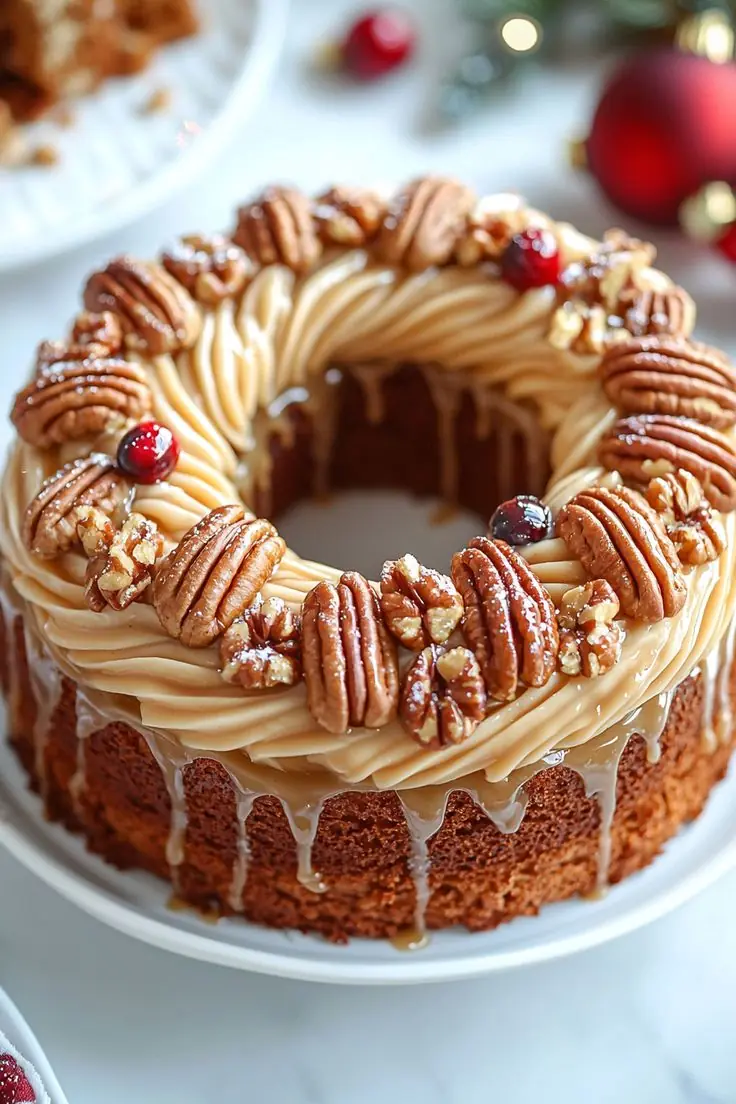
Brown Sugar Pecan Bundt Cake
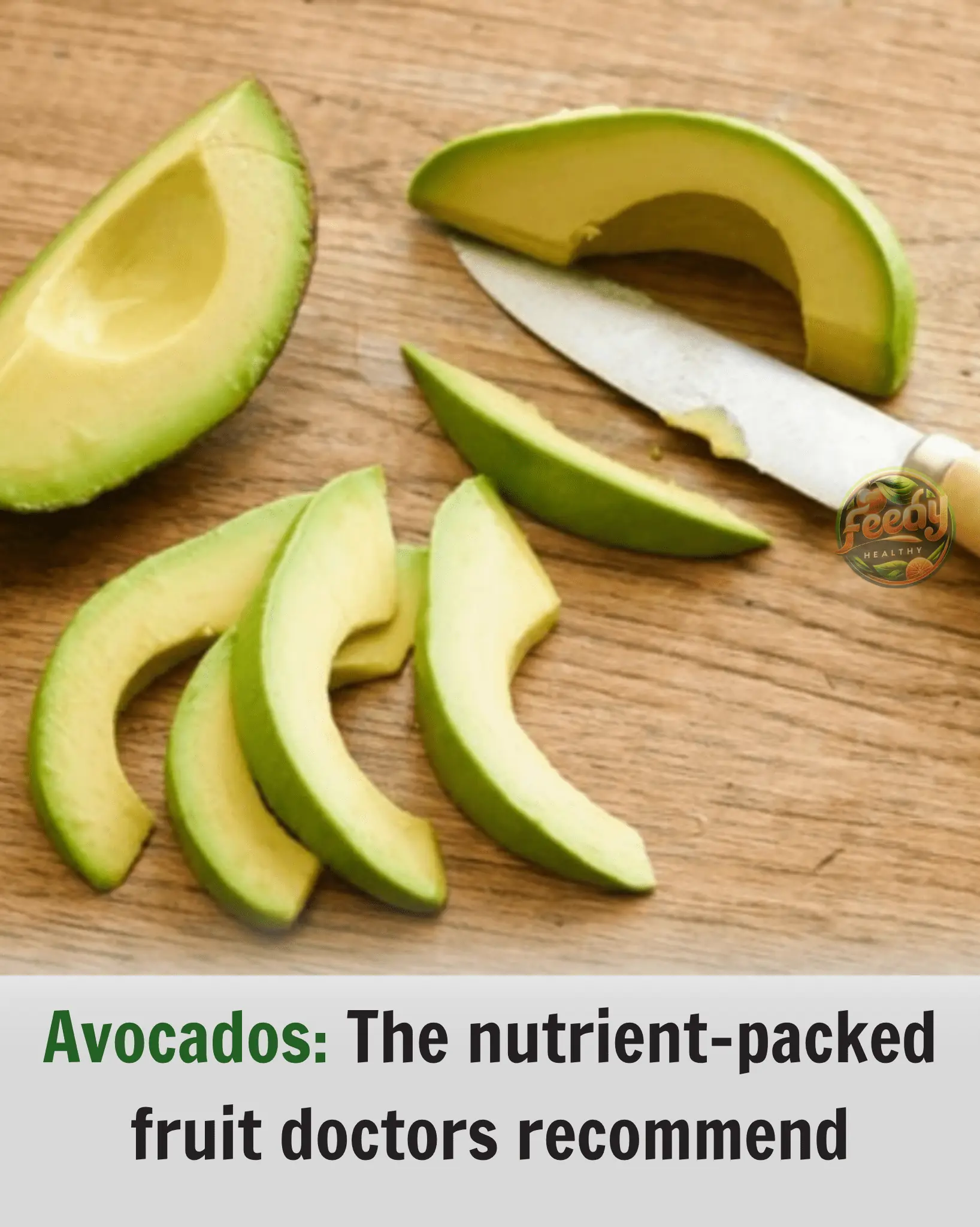
Avocados: The nutrient-packed fruit doctors recommend

Flaxseed Baby Oil Formula: Collagen Oil For Wrinkle Free Skin

3 types of shirts you should never wear to a funeral

Unveil Colgate’s Surprising Secret for Softer Feet

Little boy cries at gate—k9 dog senses something no one else does

The reason dogs often chase people
